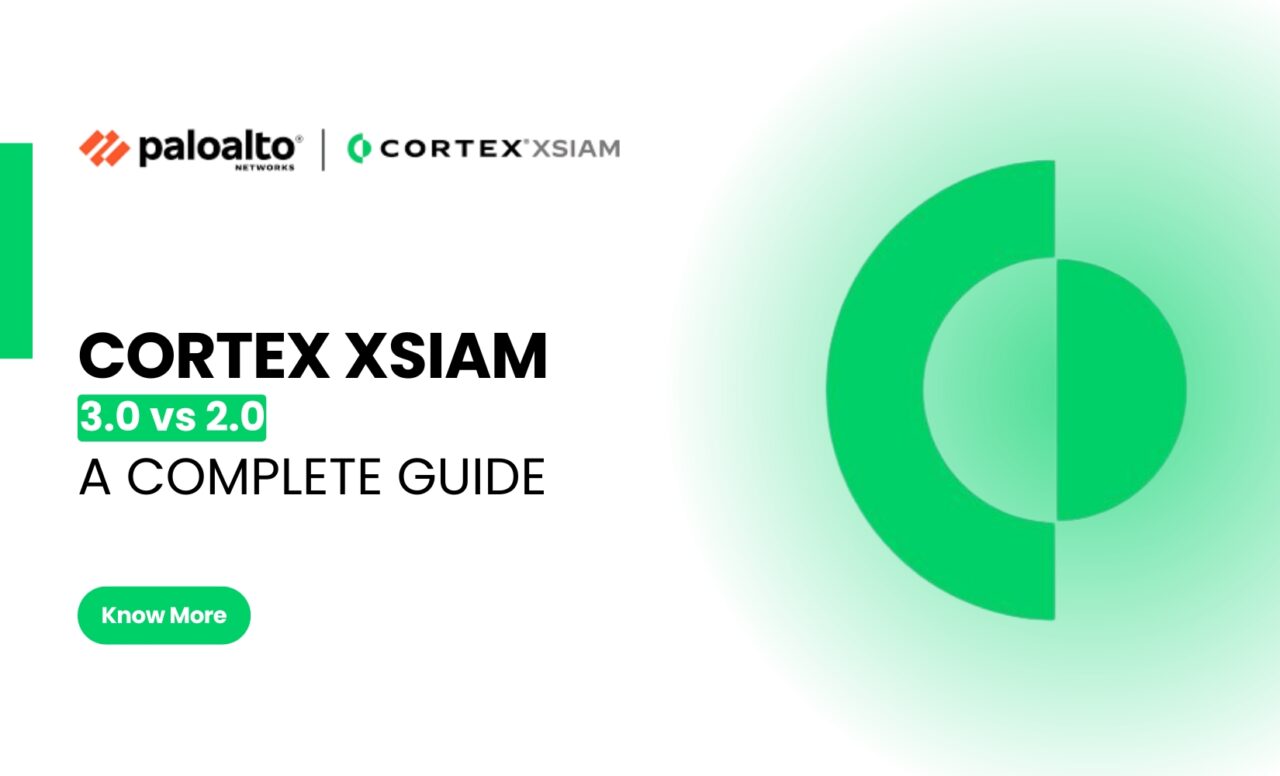Since cyber threats are evolving continuously at a breakneck pace, security operations centers (SOCs) must keep pace with heightened complexity, faster detection demands, and expanded attack surfaces. Palo Alto Networks’ Cortex XSIAM platform has been leading the charge, providing an AI-powered, automated model for cybersecurity. With the introduction of Cortex XSIAM 3.0, Palo Alto Networks has debuted significant upgrades from its predecessor, XSIAM 2.0, so here’s a quick rundown on how these two versions stack up—and which one is best for your organization in 2025.
A Quick Overview of XSIAM
Prior to comparing, let’s first know what Cortex XSIAM (Extended Security Intelligence and Automation Management) is. It is Palo Alto Networks’ premier security operations platform aimed at bringing data ingestion, detection, investigation, automation, and response together. With a solid AI and automation foundation, XSIAM offers real-time threat intelligence and response in enterprise scale.
What’s New in Cortex XSIAM 3.0?
Cortex XSIAM 3.0 builds directly from Cortex XSIAM 2.0‘s features with major enhancements to AI automation, user experience, and operations scale. These new features are designed to further reduce human touch, enhance response time to incidents, and simplify SOC management.
Here is a comprehensive comparison between the two versions:
AI and Automation Capabilities
- XSIAM 2.0 introduced basic response automation and behavior analytics enabled by machine learning, which provided faster threat detection. The AI models were primarily aimed at basic user behavior and alert scoring was the focus.
- XSIAM 3.0 significantly expands AI capabilities. It has AI-enhanced analyst workflows that assist users in an investigation, provide recommendations for the next step, and even trigger automated remediation with minimal manual input. The system gains intelligence with time based on experiences from prior incidents and analyst activities.
Detection-as-Code and Customization
- In XSIAM 2.0, detection was mostly rule-based with limited flexibility in customizing alerts or analytics.
- XSIAM 3.0 features a Detection-as-Code framework. SOC teams are now able to author, deploy, and manage detection logic as code in YAML or JSON, supporting continuous integration and version control. This makes the deployment of custom detections more rapid and security operations more flexible.
Risk-Based Prioritization
- XSIAM 2.0 also used alert severity and confidence ratings to enable analysts to prioritize threats.
- XSIAM 3.0 features AI-driven risk scoring for users and assets. It uses behavioral anomalies, external threat intelligence, and asset value to enable security teams to prioritize the most effective threats first.
Real-Time Response & Streaming Analytics
- While XSIAM 2.0 enabled near real-time analytics and automation via playbook-driven automation, XSIAM 3.0 elevates this with streaming analytics, allowing real-time correlation and incident response.
- This enables security teams to detect threats and respond in seconds—not minutes or hours—and make a big difference in rapid-moving cyber incidents.
User Experience and Analyst Tools
- XSIAM 2.0 enhanced the analyst experience with investigation timelines and alert grouping.
- XSIAM 3.0 builds upon this with guided investigations, AI-based recommendations, complex correlation graphs, and consolidated dashboards that bring all the data and recommended steps within one screen. All these make it simpler for even lower-level analysts to handle incidents efficiently.
Integration & Data Coverage
- While XSIAM 2.0 allowed data ingestion from key Palo Alto products and some third-party tools, XSIAM 3.0 takes integration further.
- It supports broader native integrations with identity providers, SaaS apps, third-party SIEMs, and more cloud sources—creating a more complete and unified data ecosystem.
Cloud-Native Architecture & Scalability
- Both versions are built on a cloud-native architecture, but XSIAM 3.0 has been further optimized for hybrid and multi-cloud environments, offering better scalability, lower latency, and more efficient data processing.
Conclusion: Is Cortex XSIAM 3.0 Worth the Upgrade?
For organizations and SOCs looking to revolutionize their threat detection and response in 2025. Cortex XSIAM 3.0 is a clear leap ahead. It provides dramatic improvements in AI capabilities, real-time threat processing, analyst productivity, and detection agility. While XSIAM 2.0 was a good leap away from legacy SIEMs, version 3.0 sets organizations up to embrace a completely autonomous security operations model—essential in an age where speed and accuracy are not optional. If your organization is already implementing XSIAM 2.0, the transition to 3.0 isn’t a revision—it’s a strategic shift in your cybersecurity maturity.
FAQs
- What is the biggest difference between XSIAM 3.0 and 2.0?
XSIAM 3.0 introduces AI-augmented SOC automation, detection-as-code, and risk-based prioritization, significantly improving the speed and intelligence of threat response. - Is it difficult to migrate from XSIAM 2.0 to 3.0?
Palo Alto Networks provides upgrade paths and support for organizations migrating from 2.0 to 3.0. - Can XSIAM 3.0 be integrated with third-party tools?
Yes, XSIAM 3.0 expands integration with a broader set of third-party sources, including identity providers, cloud-native apps, and legacy SIEMs. - Is XSIAM 3.0 compatible with smaller security teams?
Yes, guided explorations and AI-based automation in 3.0 minimize human effort, & rich SOC are within the reach of security teams. - How risk scoring works in XSIAM 3.0?
The platform leverages AI to analyze users and assets by behavior, vulnerabilities, business priority and apply dynamic risk scores.

